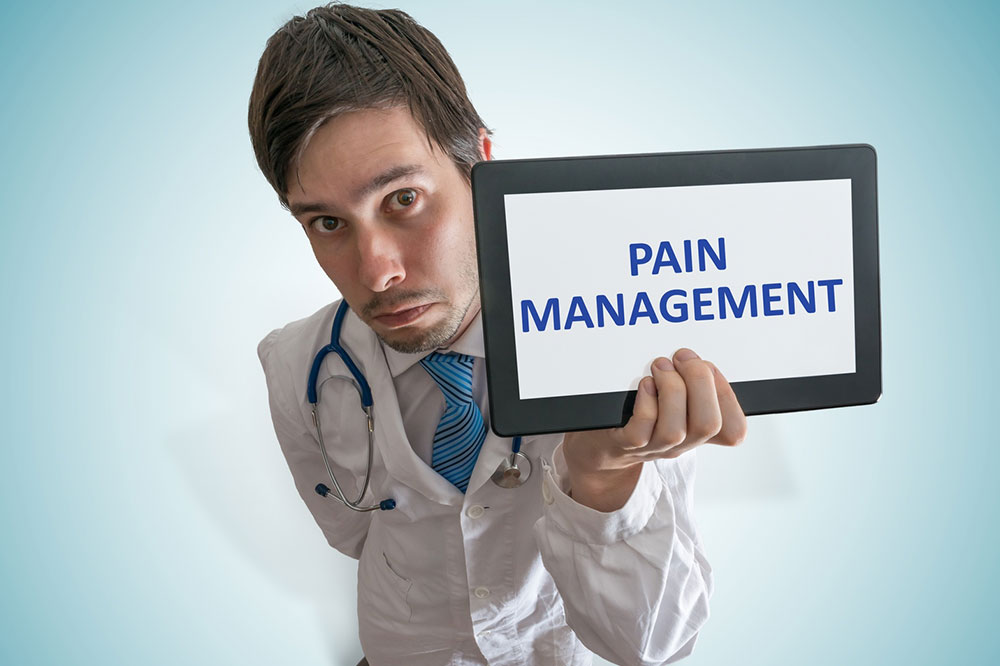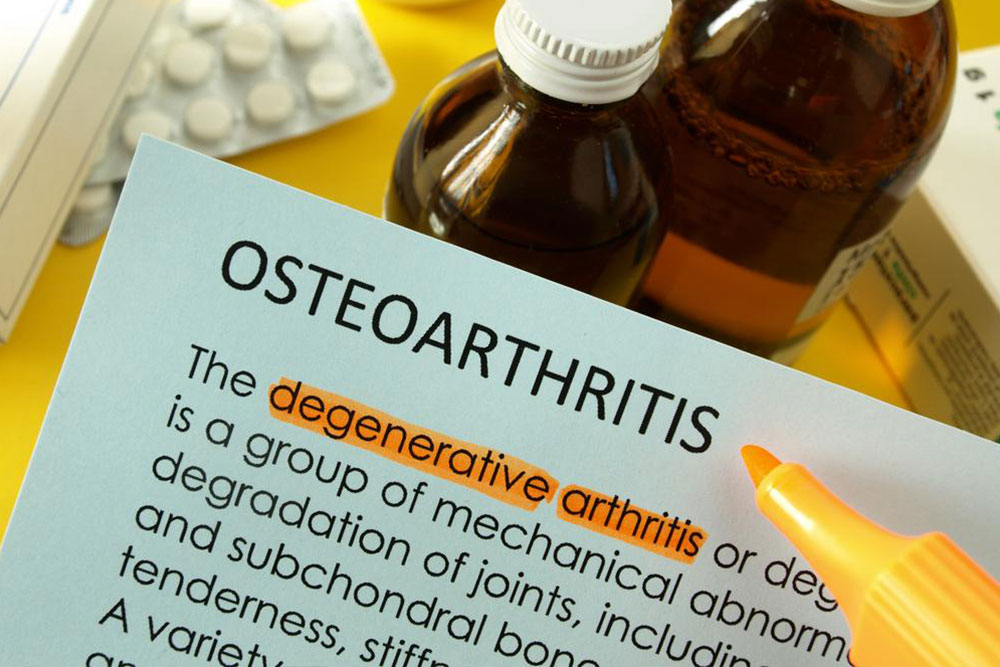Effective Strategies to Alleviate Lower Back Discomfort
Discover proven methods to reduce lower back pain effectively. From resting and applying heat or cold to medical treatments and targeted exercises, these strategies help alleviate discomfort. Consult healthcare professionals before starting any new treatment or exercise program to ensure safe recovery. This article provides useful tips for managing both acute and chronic lower back pain that many experience at some point in their lives.

Effective Strategies to Alleviate Lower Back Discomfort
Lower back discomfort is a common condition involving nerves, muscles, and bones in the lumbar area of the spine. Known as lumbago, it affects many people at some point in life. The lumbar region is a complex network of joints, ligaments, muscles, and nerves that support the upper body’s weight. Muscles from L1 to L5 play a vital role in hip movements and flexibility.
The nerves in this zone support limb muscles. Strain or injury here can interfere with daily routines. Symptoms range from dull aches to sharp pains, potentially limiting movement. Activities like standing, bending, and walking may become painful. Acute episodes often follow injuries or health issues. While inflammation can heal naturally, persistent pain lasting weeks may develop into chronic discomfort requiring intervention.
Ways to Reduce Lower Back Pain
Rest
Rest is often key in recovery. Avoid strenuous activities—both physical and mental—to reduce pressure and allow muscles to relax.
Heat and Cold Treatments
Applying heat improves circulation, delivering nutrients and oxygen that facilitate healing. Use hot packs, hot tubs, or electric heating pads. Cold therapy reduces swelling and numbness, calming nerve spasms. Alternating between heat and cold can enhance relief. Use heat before activity to loosen muscles, and cold during rest to minimize inflammation.
Medical Interventions
Medical treatments may include medications and physical therapy. Common options are:
Epidural steroid injections: Reduce nerve inflammation for temporary pain relief via targeted steroid injections guided by imaging.
Muscle relaxants: Calm muscle spasms, allowing better mobility and pain reduction.
Narcotic analgesics: Short-term pain relief by altering pain perception through opioids.
Support devices: Back braces provide stability and support, accelerating recovery when combined with therapy.
Exercise and Movement
Engaging in specific exercises helps manage chronic pain by releasing endorphins, natural painkillers produced by the body. Key exercises include:
Stretching: Enhances flexibility in hips and hamstrings, reducing strain on the lower back.
Core strengthening: Fortifies abdominal, hip, and glute muscles, offering crucial support to the spine.
Remember to consult your healthcare provider before starting any medication or exercise regimen related to back pain.









